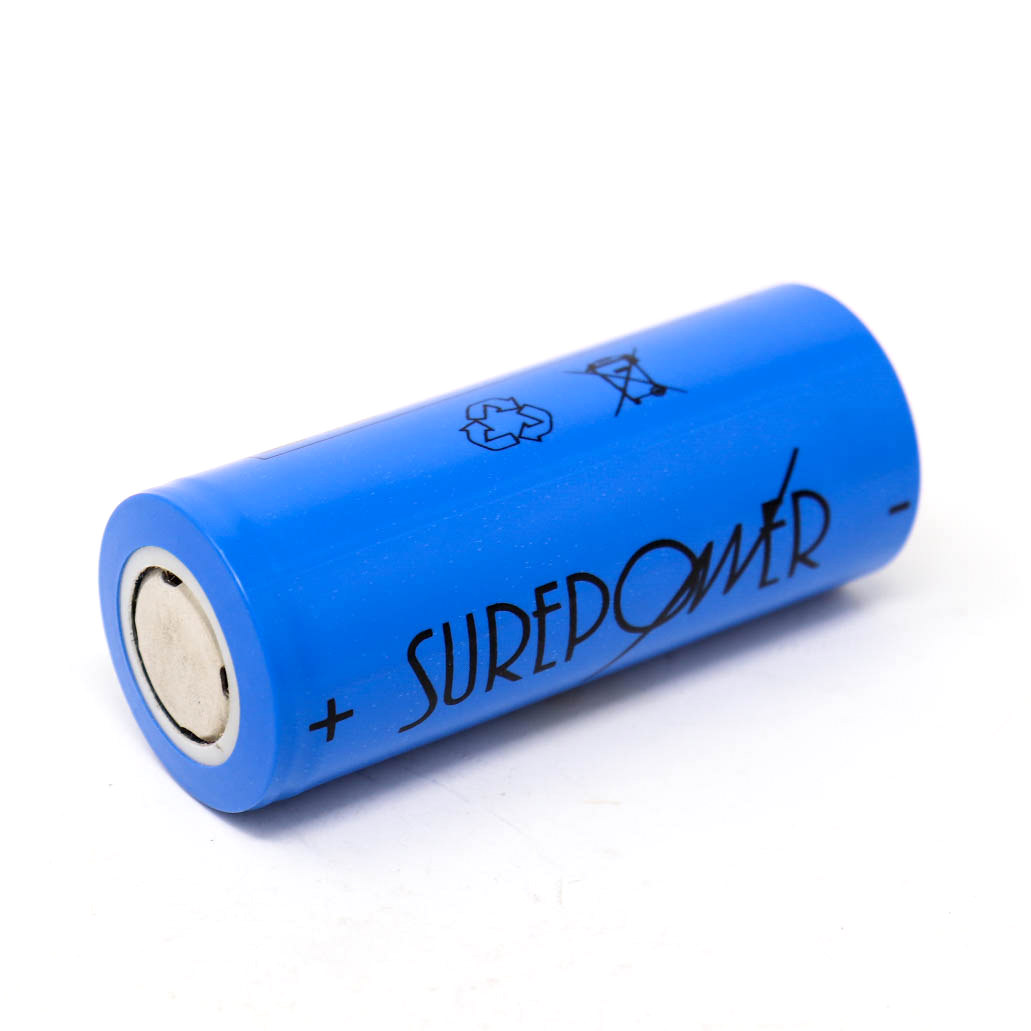
LiFePO4 Rechargeable Battery
LiFePO4 batteries have the highest cycle life of any lithium battery type. They also have a lower self-discharge rate than NiMH and nickel-cadmium batteries.
They’re safe and reliable and are used in many applications that require a deep-cycle battery. This includes bass boats and kayaks, RVs, solar configurations and mobility scooters.
Lithium iron phosphate cathode material
Lithium iron phosphate is a new generation of cathode material for lithium ion batteries. It offers higher capacity, longer lifespans, and faster cycle rates than traditional cathode materials. This technology is also more stable and safer than other types of batteries. Moreover, it has a lower internal resistance and is capable of accepting more charge cycles without damaging the battery. These features make it a viable alternative to other lithium batteries.
The electrochemical performance of lithium iron phosphate (LiFePO4) is strongly dependent on its bulk/surface structure. Therefore, it is important to develop techniques that can improve the structural quality of this material. One such method involves wrapping carbon-coated LiFePO4 (cLFP) with electrochemically exfoliated graphene flakes. This method can increase the specific capacity of cLFP by up to 208 mAh g-1 without causing voltage polarization. The extra capacity is mainly due to the reversible reduction-oxidation reaction between the Li ions of the electrolyte and the graphene flakes.
The crystalline structure of the carbon-coated LFP has been confirmed using X-ray diffraction (XRD, Rigaku SmartLab XRD system). The morphology and structure of the composite cathode was characterized by scanning electron microscopy (SEM, FEI Nova NanoLab). The effect of different polymer binders on the quality of the cLFP film was studied by investigating its chargeability and rate capability. The resulting thin-film composites are promising candidates for use in lithium ion batteries.
High charge and discharge efficiency
The lifepo4 battery offers a high power output and no memory effect, and the internal resistance does not rise as fast as in regular lead-acid batteries. Its low-self-discharge rate and long cycle life make it a great choice for solar energy applications. It contains no poisonous lead or acid, and it doesn’t create gasses during charging or discharging. It is also light and environmentally friendly. It can be charged with regular lead-acid chargers, but the manufacturer recommends a lithium-ion charger for the best results.
A lithium iron phosphate battery has a higher Coulombic efficiency than other lifepo4 rechargeable battery lithium ion battery types, which means it can be charged and discharged more often. This can significantly increase the backup time of UPS systems. In addition, a lithium battery’s cycle life is up to 10x longer than a lead-acid one.
Besides their excellent charge and discharge efficiency, these batteries are also highly efficient in terms of watts per kilogram. They are also easy to install and come with a seven-year warranty. They are lightweight and can be connected in series for larger power needs. They are also more resistant to vibration and shock than traditional lead-acid batteries. Aolithium 12V100Ah LiFePO4 batteries are a great choice for solar energy systems, RVs, golf carts, bass boats, electric motorcycles, and more. They’re also safer than other lithium ion batteries and are more affordable.
Low self-discharge rate
When a battery is not in use, the chemical reactions inside lifepo4 rechargeable battery it take place and reduce its capacity. This phenomenon is called self-discharge and it affects all rechargeable batteries. Its rate depends on the battery chemistry, ambient temperature, charging current and other factors. Typically, lithium batteries have the lowest self-discharge rates while nickel-based batteries have the highest (nickel cadmium: 15-20% per month; nickel metal hydride: 30% per month).
A high self-discharge rate can result in copper dendrites that grow across the positive and negative electrodes, triggering internal short circuits and causing fires. A low self-discharge rate, on the other hand, helps prevent this from happening. This is why lithium batteries are preferred over nickel-based rechargeable batteries for many energy storage applications.
Lithium-ion batteries have the lowest self-discharge rate of any rechargeable battery. They also have the highest estimated number of recharging cycles and are lightweight and durable. These features make them ideal for notebook computers, digital cameras and smartphones. They can also be used in a variety of other devices, including GPS sport watches and bike lights.
Specially modified bobbin-type LiSOCl2 cells can withstand extreme temperatures, allowing them to power active RFID tags that track the transport of frozen foods, pharmaceuticals and tissue samples in cold chains and medical equipment. These batteries also have the lowest annual self-discharge rate of any lithium battery (less than 1% for certain cells) and can last 40 years.
Long cycle life
As a battery type, lifepo4 batteries have very long cycle times. They can be recharged a thousand times or more before they lose any capacity, making them an excellent choice for use in electric vehicles and solar setups. They also offer better performance and safety than other lithium chemistries. In addition, they are lighter than lead acid and AGM batteries. However, their long cycle life comes with some disadvantages, including a higher cost and less energy density per kilogram.
To maximize the lifespan of your lifepo4 battery, it is important to properly maintain it. To do this, make sure that you avoid extreme overcharging and high temperatures. These factors can shorten the battery’s lifespan and cause damage to the battery’s internal structure. In addition, you should also clean your battery’s terminals regularly to remove oxidation and improve conduction.
It is difficult to get hard data on calendar life for lithium batteries, because they are often used in very different conditions and have a wide range of charge/discharge cycles. Cycle life is not necessarily an accurate indicator of a battery’s health, since the depth of discharge may vary between batteries and there are no clearly defined standards on what constitutes a cycle (See BU-501: Basics About Discharging). Instead, most lithium battery manufacturers recommend replacing the pack every 20 years or so, depending on the specific application.
